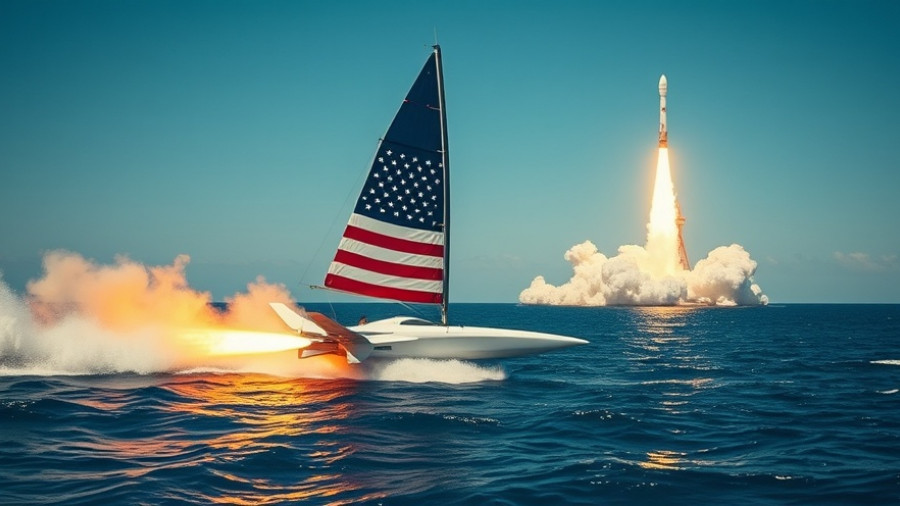
RTX's Raytheon Secures $580 Million Contract: A Game-Changer for Naval Aviation
In a significant boost to electronic warfare capabilities, RTX’s Raytheon has been awarded a monumental $580 million production contract by the U.S. Navy for its Next Generation Jammer Mid-Band (NGJ-MB) system. This contract not only underscores the importance of technological advancement in military operations but also highlights the growing collaboration between the U.S. and allied forces, notably the Royal Australian Air Force.
Understanding the Next Generation Jammer Mid-Band
The NGJ-MB represents a cutting-edge enhancement in airborne electronic warfare technology. It is designed specifically to counter advanced radar threats and support strike packages while protecting invaluable airborne assets. This program involves the development and production of airborne electronic attack pods that utilize active electronically scanned arrays functioning within a mid-band frequency range, enabling naval aviators to effectively neutralize a variety of adversary communications and data link threats.
Joint Forces Collaboration: A Broader Perspective
This initiative reflects a strategic partnership between the United States and Australia, aiming to strengthen defense capabilities in the Asia-Pacific region. The inclusion of the Royal Australian Air Force in the development and utilization of the NGJ-MB illustrates a growing trend of collaborative efforts that enhance operational effectiveness against common adversaries. This partnership not only fosters technological innovation but also reinforces the historical ties and shared security interests of both nations.
Economic Impact and Future Prospects
The contract will see operational activity spanning from Forest, Mississippi to El Segundo, California and is expected to generate considerable economic activity in these regions through 2028. In addition to immediate job creation in production facilities, the contract may lead to greater economic ripples across local economies, supporting subcontractors and related businesses within the defense sector.
Why This Matters: The Importance of Electronic Warfare
As adversaries develop increasingly sophisticated electronic countermeasures, the need for innovative solutions like NGJ-MB becomes paramount. Its use on the EA-18G Growler aircraft exemplifies how modern warfare relies heavily on technological advantages. By safeguarding communication links and disrupting adversary detection systems, the NGJ-MB not only fortifies Navy operations but enhances overall mission success.
Conclusion: A Call for Awareness and Support
As the defense landscape evolves, initiatives like Raytheon’s NGJ-MB contract are crucial. Local communities in defense manufacturing regions play an essential role in supporting these advancements, whether through skilled workforce participation or community initiatives that advocate for continued investment in defense technologies. Keeping informed and engaged with these developments ensures that community members recognize the vital importance of their contributions to national security.
 Add Row
Add Row  Add
Add 




Write A Comment